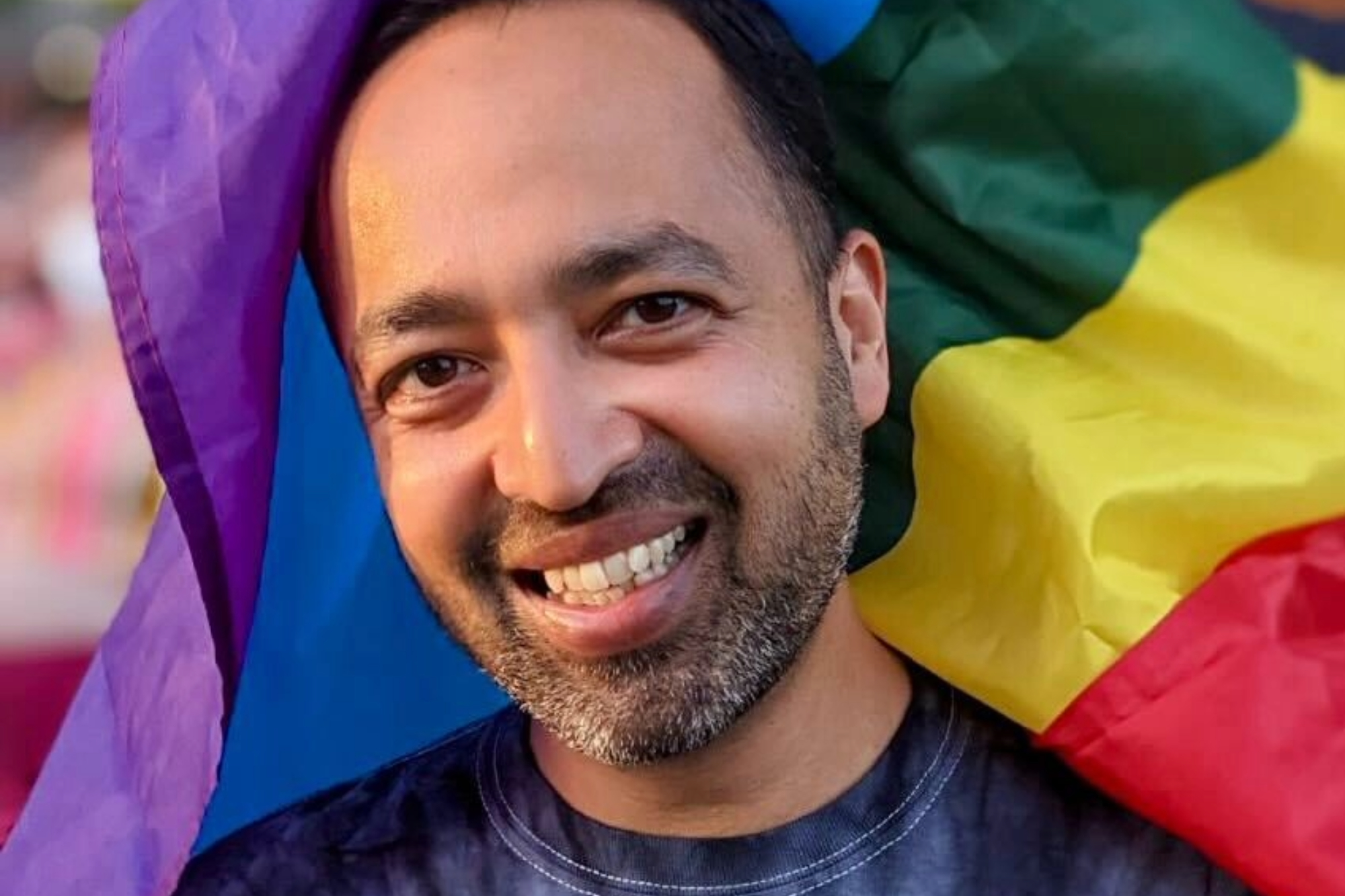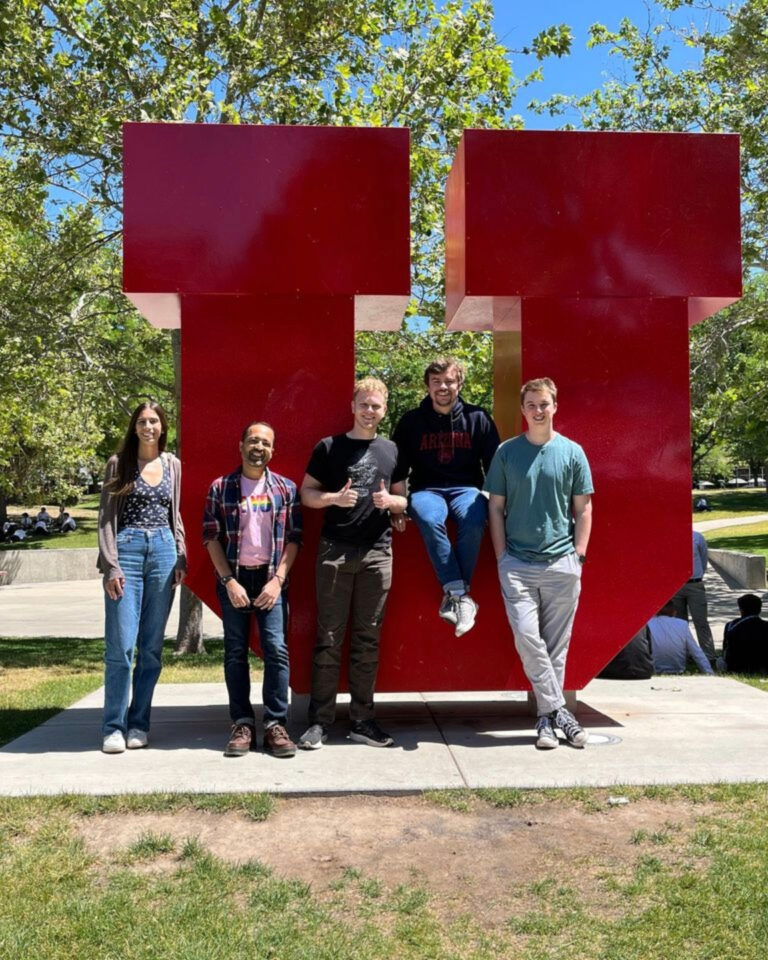
This article was originally posted by the University of Utah's College of Science.
University of Utah astronomer Tanmoy Laskar and his team have been awarded $60,000 in direct costs to support research through the first year of the Scialog: Early Science with LSST.
The three-year initiative aims to advance the foundational science needed to realize the full potential of the Vera C. Rubin Observatory’s upcoming Legacy Survey of Space and Time (LSST).
Funded by the Research Corporation for Science Advancement (RCSA), the 21 separate awards of $60,000 in direct costs each will support a total of 20 scientists from colleges, universities, and research institutions in the United States and Canada. Laskar's team includes Igor Andreoni, Physics and Astronomy, University of North Carolina at Chapel Hill and Mathew Madhavacheril, Physics and Astronomy, University of Pennsylvania. Their research focus is titled Rubin LSST as a Multi-Wavelength Discovery Engine for Relativistic Transients.
Scialog is short for “science + dialog.” Created in 2010 by RCSA, the Scialog format aims to accelerate breakthroughs by building a creative network of scientists that crosses disciplinary silos and stimulating intensive conversation around a scientific theme of global importance. The initiative represents a fulfilling new chapter in the story of RCSA’s long-term support of the Rubin Observatory, located in north-central Chile.

Exploiting a Novel Synergy
With his team, Laskar studies the most energetic explosions in the Universe that hurl matter in fast jets close to the speed of light. This includes gamma-ray bursts from the deaths of massive stars, merging stars that make gravitational waves and provide the Universe with its supply of heavy elements, and tidal disruption events from stars getting ripped apart by black holes. "The rarity of these extreme explosions has made them difficult to find and understand in detail," says Laskar who explains that LSST, which operates at visible wavelengths of light, will discover thousands of these every year. "Unfortunately," he continues, the rarest and most interesting events will be buried in the millions of new alerts the survey will generate every night!. Our Scialog LSST project aims to solve this problem by exploiting a novel synergy of LSST with telescope surveys built for an entirely different purpose: to study the relict microwave light from the Big Bang."
Energetic explosions produce a lot of microwaves, providing an excellent test that can distinguish them from other classes of transients. "Our team will develop tools to search for millimeter emission from candidates found by LSST in data taken by concurrently running CMB surveys in real time. Not only will this help us find the most exciting events, but knowing the millimeter brightness and polarization of these events will be essential in testing our theoretical models about how nature makes these explosions and how physics behaves under the associated extreme conditions of temperature, density, and magnetization."
The team includes members with access to precursor surveys, which will help them quickly develop and test the tools they will need on data already on hand. "
"My expertise," says Laskar, "is on modeling these explosions and extracting physics from the data."
'Taking Great Data'
In November, at the initiative's inaugural conference held in Tucson, Arizona, Bob Blum, Rubin Observatory’s Director of Operations, discussed the recent successful use of the commissioning camera, which came online in October 2024.
“There's lots of challenges,” he said. “The system isn't reliable yet, but when it works, we're taking great data.”
With technical first light on the Rubin Observatory LSST Camera (the world’s largest digital camera) expected by early June 2025, full operations could start in September or October 2025. He said the first data preview should be available to researchers in March 2025, and the second in March 2026.
In time, the observatory will be able to survey the entire sky in only three nights and is expected to generate more than 20 terabytes of data each night, amassing a set of data and images that could address some of the deepest questions about the universe, its evolution, and the objects within it.
The Laskar group not only promises to help develop tools to find the most exciting events from those data made available each night, they will lead the modeling and data interpretation efforts. "I am looking forward to discovering and studying new and unusual events that will further our understanding of how physics behaves in some of the most extreme environments in the universe," says Laskar.
The Heising-Simons Foundation, The Brinson Foundation, the Leinweber Foundation, and independent philanthropist Kevin Wells are providing support to RCSA to fund the work of the eight cross-disciplinary teams.
